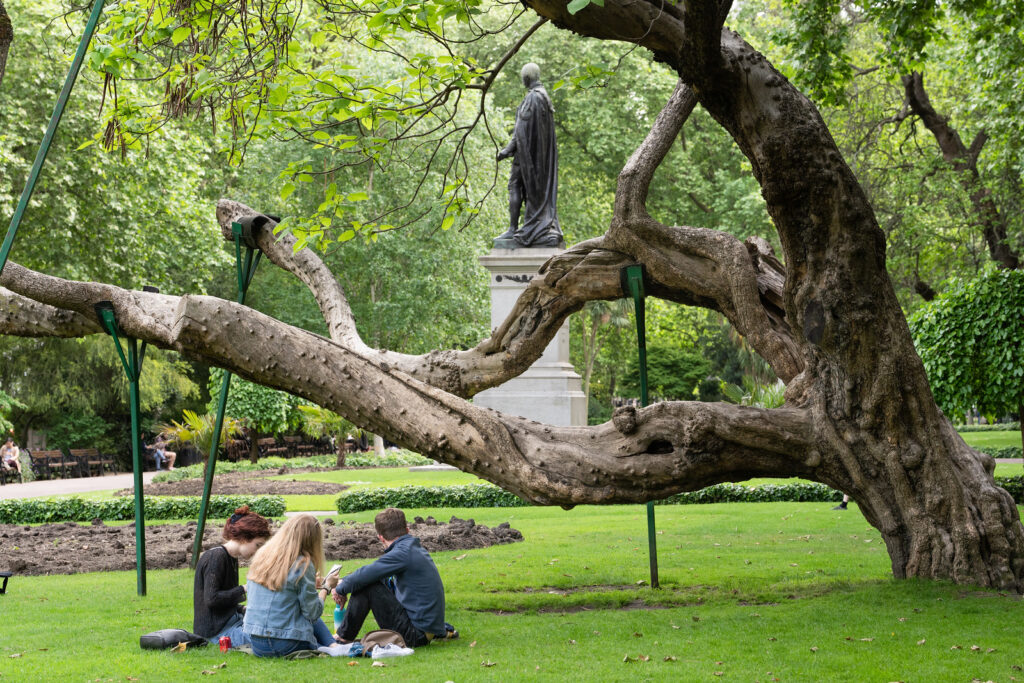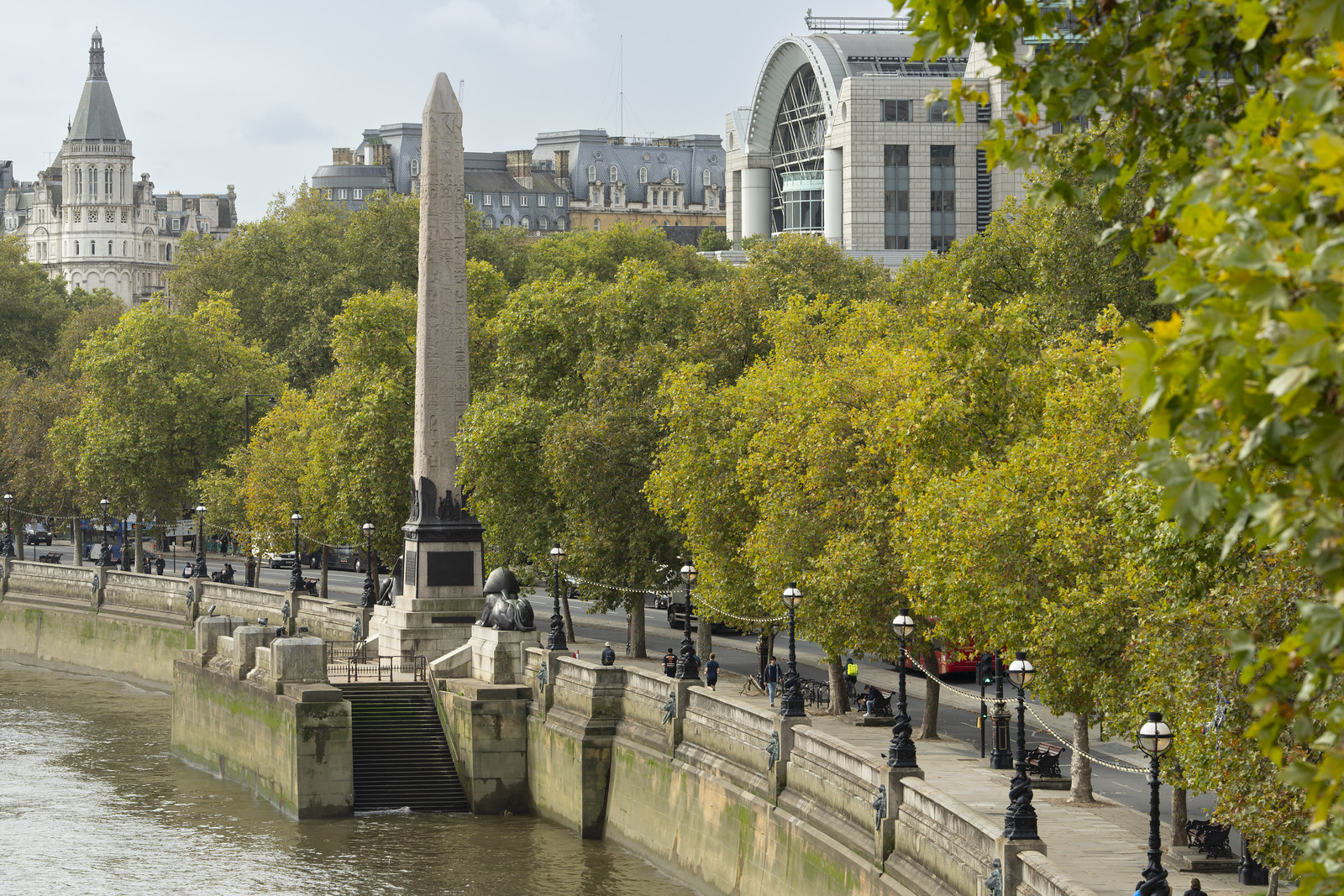Trees across London Heritage Quarter – in parks, gardens and on the streets – help create a healthier and more resilient urban environment. They cool streets, shelter wildlife, absorb pollution, and attenuate rainfall. They help us adapt to climate change and make the area more resilient.
London Heritage Quarter commissioned an i-Tree study for the area, carried out by Treeconomics. Data from 1,809 trees was analysed to calculate the financial and environmental benefits they provide. The study found that the trees store 1,570 tonnes of carbon and remove 258 kilograms of air pollutants and sequester 21 tonnes of carbon. They also reduce storm water runoff by 1,530 cubic metres. Read the full report here
The total structural replacement value of these trees is estimated at £5.1 million, while their amenity value, based on public access and local benefit, is an impressive £147 million.

London Heritage Quarter does not own trees, but this information enhances our understanding of the urban forest’s value and raises awareness among BID stakeholders and the wider community. It will help inform discussions with tree owners on diversity, resilience, and strategies for new or replacement planting. The findings also support continued London Heritage Quarter investment in placemaking and sustainability projects, such as The Arc and Strand West placemaking schemes, where concept designs proposals include new street trees to create healthy, climate-resilient spaces.

